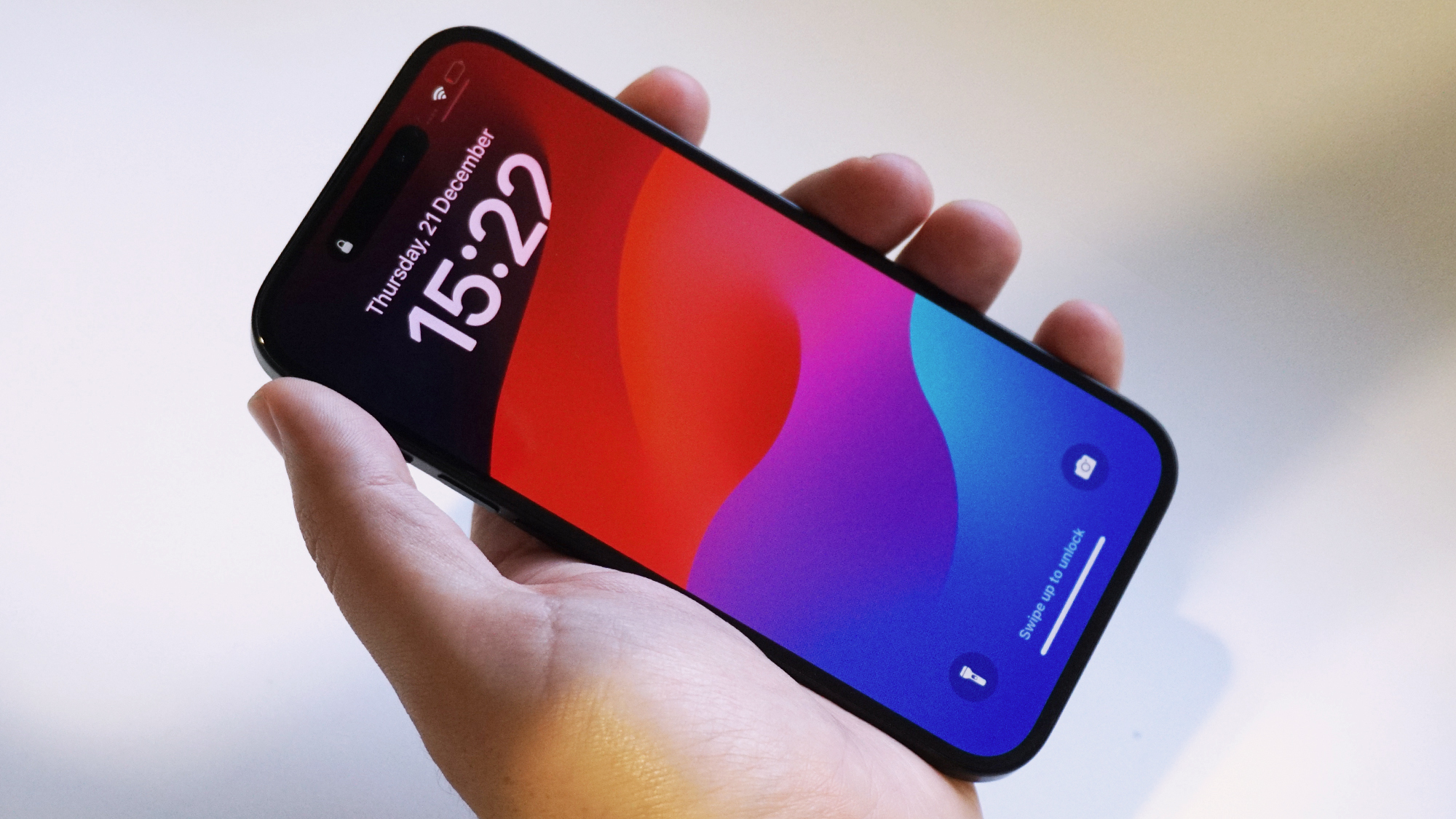Apple has never been one to follow industry trends, so while it’s not uncommon to find budget Android phones with 120Hz screens, Apple has stubbornly stuck with a 60Hz display on even the iPhone 15 and iPhone 15 Plus, reserving 120Hz for its premium-priced Pro models. But this could all change with next year’s iPhone 17 line.
According to a report in The Elec (via MacRumors), Apple is likely to equip all four iPhone 17 models – meaning the iPhone 17, iPhone 17 Plus, iPhone 17 Pro, and iPhone 17 Pro Max – with an LTPO (low-temperature polycrystalline oxide) screen.
That would be a change for the standard and Plus models, which currently use LTPS (low-temperature polycrystalline silicon) displays. LTPO displays support 120Hz refresh rates, and can also drop as low as 1Hz, to offer more power efficiency when a high refresh rate isn’t needed. Apple uses that lower refresh rate for always-on displays on the iPhone 15 Pro and iPhone 15 Pro Max, which is another feature the standard iPhone 15 lacks.
So if Apple equips the iPhone 17 and iPhone 17 Plus with LTPO screens, these phones will almost certainly also have refresh rates that can range from 1Hz to 120Hz, and in turn they’ll also almost certainly support Apple’s always-on display feature.
The Elec additionally says that Chinese supplier BOE has delivered sample LTPO screens to Apple, in the hopes of being the supplier for the iPhone 17 series. Whether it gets the green light will reportedly come down to whether it can produce enough while maintaining Apple’s high quality standards. But if not, LG Display or Samsung Display will likely be called in, so this decision shouldn’t affect whether all four iPhone 17 models get LTPO screens.
An overdue but uncertain upgrade

We’d take this leak with a pinch of salt, especially as it’s talking about phones that won’t be out for around 18 months. But this isn’t the first time we’ve heard that the iPhone 17 and iPhone 17 Plus might have 120Hz displays, so it’s certainly very possible.
It’s long overdue too, but Apple will want to give people lots of reasons to choose a pricier Pro model instead – so if the iPhone 17 and iPhone 17 Plus do finally catch up on this front, we might see the gap widen in other areas. With the Pro models already having better chipsets and more cameras, it’s not clear what that would entail.
One possibility is under-display Face ID, allowing Apple to shrink the camera cut-out on the Pro models. This is something we’ve heard rumored, though as with everything else iPhone 17-related, this is far from certain. After all, the September-bound iPhone 16 line hasn’t even launched yet.

